
Ingredient
Chocolate dark flavour
Decadent Delight: Unveiling the Richness of Dark Chocolate
Dark chocolate is characterized by its deep, bittersweet taste, smooth texture, and glossy appearance. It is made from cocoa solids, cocoa butter, and sugar, with a higher percentage of cocoa solids compared to other types of chocolate. The rich, complex flavor of dark chocolate can range from fruity and floral to earthy and nutty, depending on the origin of the cocoa beans and the manufacturing process. Its velvety texture melts in the mouth, leaving a lingering cocoa aroma.
Origins and history
Dark chocolate has a fascinating history that dates back thousands of years. The ancient Mayans and Aztecs were among the first to cultivate cocoa beans and create a bitter beverage from them. The popularity of chocolate spread to Europe during the 16th century, where it was initially consumed as a drink by the elite. Over time, advancements in chocolate production techniques led to the creation of solid chocolate bars, and dark chocolate became a staple in confectionery and baking.
Nutritional information
Dark chocolate is a nutritional powerhouse, containing high levels of antioxidants, fiber, iron, and magnesium. It is also a source of healthy fats and can contribute to heart health when consumed in moderation. However, it is important to note that dark chocolate is calorie-dense, so portion control is key.
Allergens
Dark chocolate may contain traces of milk, soy, and tree nuts, making it a potential allergen for individuals with allergies to these ingredients.
How to select
When selecting dark chocolate, look for bars with a high percentage of cocoa solids (70% or higher) for a more intense flavor. Opt for brands that use ethically sourced cocoa beans and minimal additives. Check for a glossy appearance and avoid chocolate with a grayish or white coating, as it may indicate poor quality or improper storage.
Storage recommendations
To maintain the freshness and quality of dark chocolate, store it in a cool, dry place away from direct sunlight. It is best kept in an airtight container or wrapped tightly in foil or plastic wrap to prevent moisture absorption and the development of off-flavors.
How to produce
While producing dark chocolate from scratch requires specialized equipment and expertise, amateur chocolate enthusiasts can experiment with making their own chocolate-flavored desserts and treats using high-quality dark chocolate bars as a base.
Preparation tips
Dark chocolate can be used in a variety of culinary applications, such as baking, confectionery, and savory dishes. When melting dark chocolate, use a gentle heat source, such as a double boiler, to avoid scorching. Incorporate dark chocolate into desserts like brownies, truffles, or mousse for a rich, indulgent flavor. It can also be grated or shaved to garnish cakes, pastries, or hot beverages.
Substitutions
Dark chocolate can be substituted with semi-sweet chocolate or bittersweet chocolate in most recipes. However, the flavor and sweetness levels may vary slightly.
Culinary uses
Dark chocolate is a versatile ingredient used in a wide range of desserts, including cakes, cookies, ice creams, and truffles. It can also be incorporated into savory dishes like mole sauces or used as a flavor enhancer in chili or stews.
Availability
Dark chocolate is commonly available in supermarkets, specialty chocolate shops, and online retailers worldwide.
More ingredients from this category » Browse all

Herbs flavour
The Essence of Nature
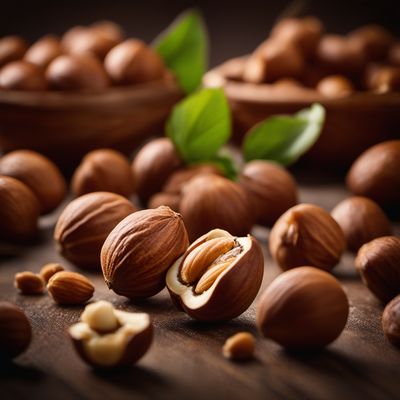
Hazelnut flavour
The Nutty Elixir
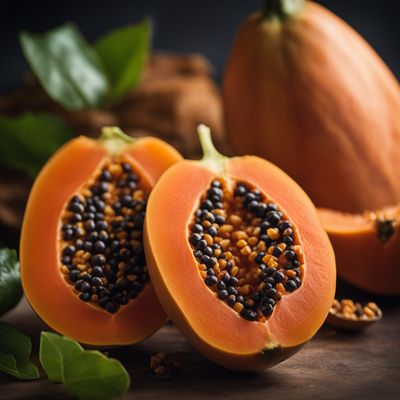
Papaya flavour
The Tropical Delight

Currant flavour
The Essence of Currant: Unveiling the Flavorful Delight

Fish flavour
"The Ocean's Symphony: Exploring the Delicate and Savory Fish Flavour"

Sundried tomato flavour
The Intense Essence of the Sun
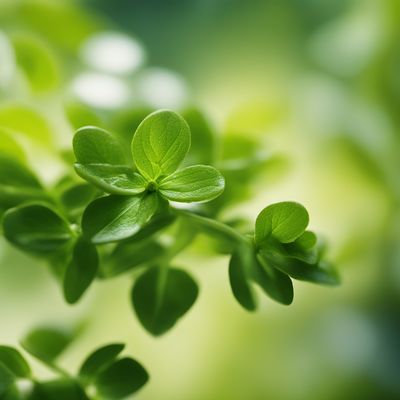
Woodruff flavour
The Enchanting Essence of Woodruff
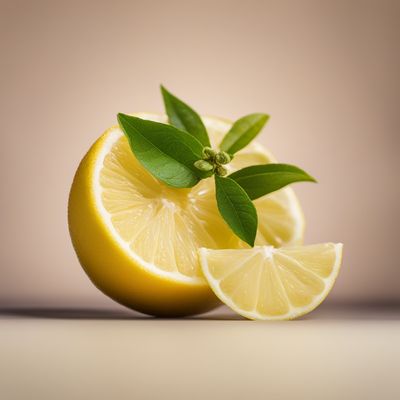
Lemon myrtle flavour
The Zesty Elixir
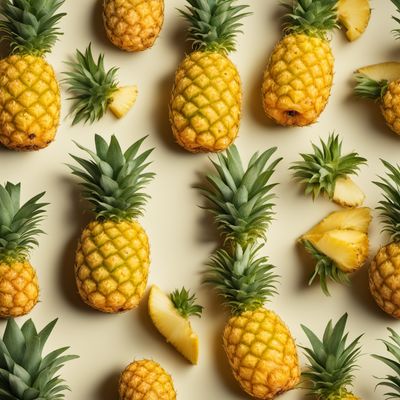
Pineapple flavour
The Tropical Twist

Cream brulee flavour
"Indulge in the Irresistible Delights of Cream Brulee"
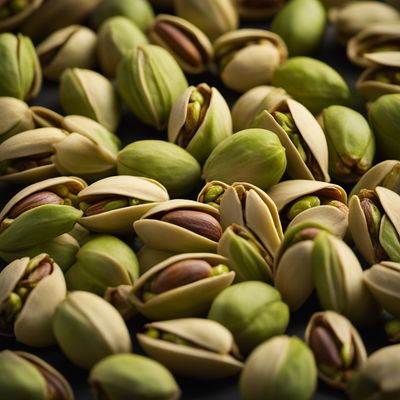
Pistachio flavour
"The Nutty Elixir: Unveiling the Delightful Pistachio Flavor"

Café-au-lait flavour
"The Perfect Harmony of Coffee and Cream: Unveiling the Café-au-lait Flavour"